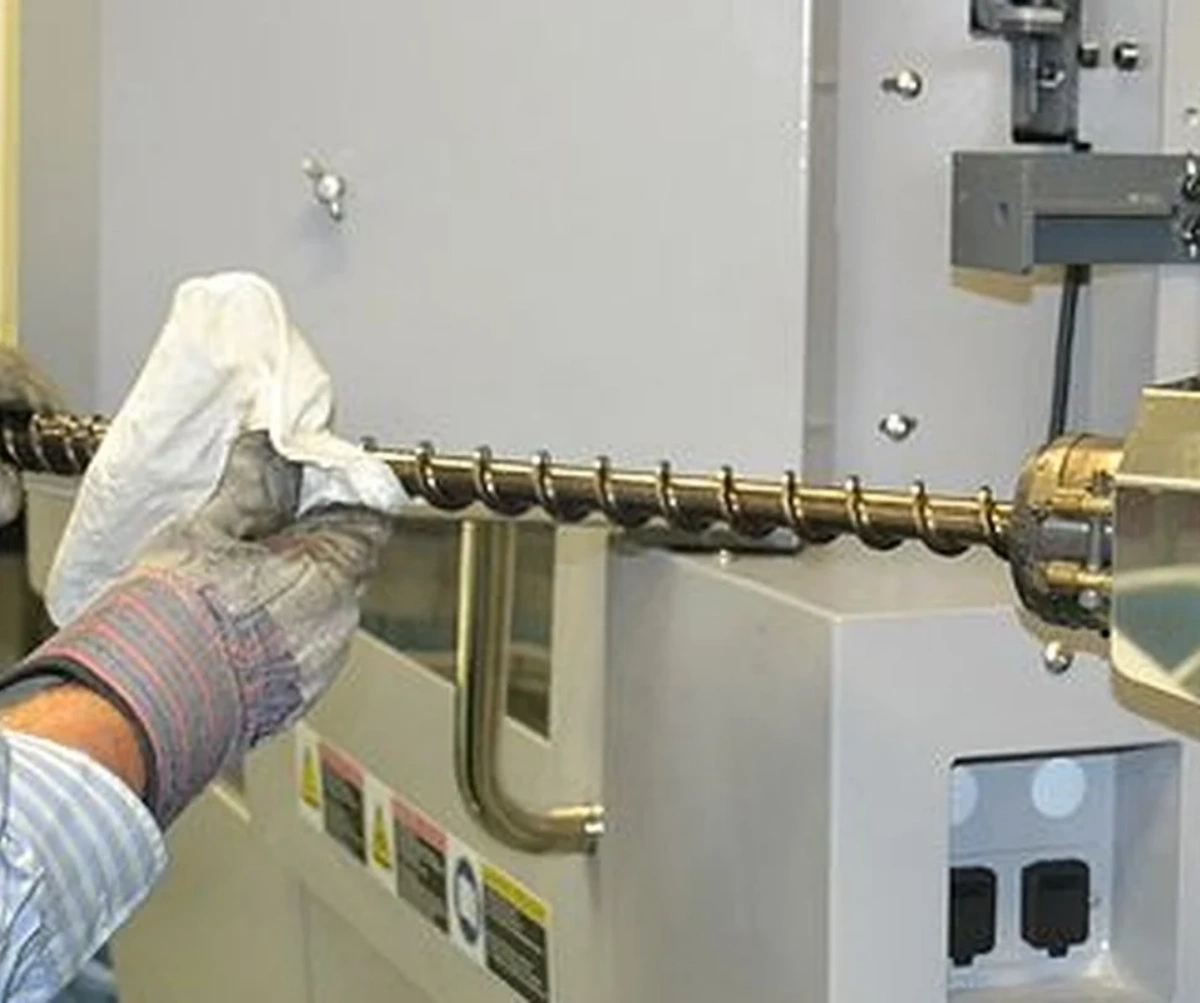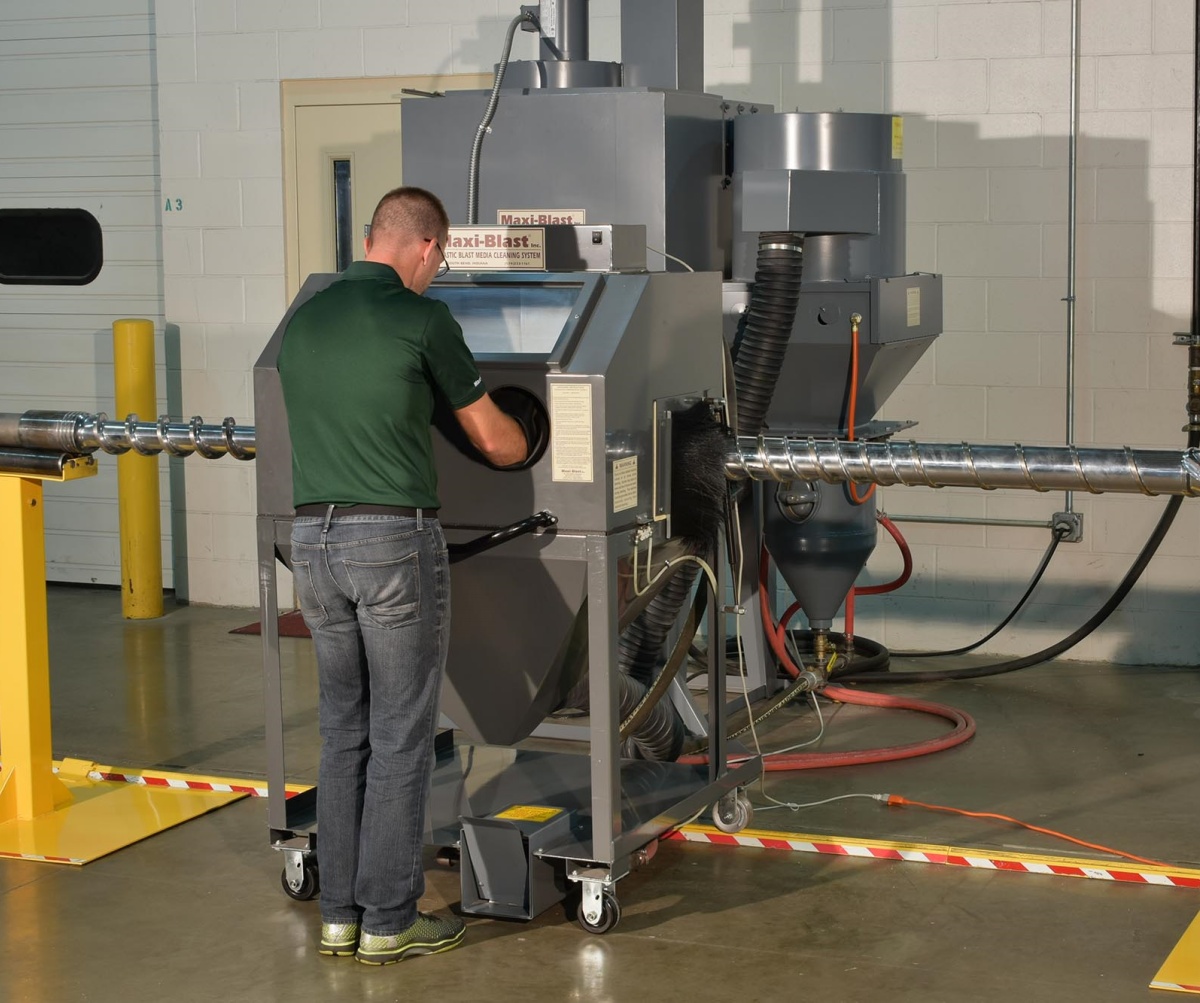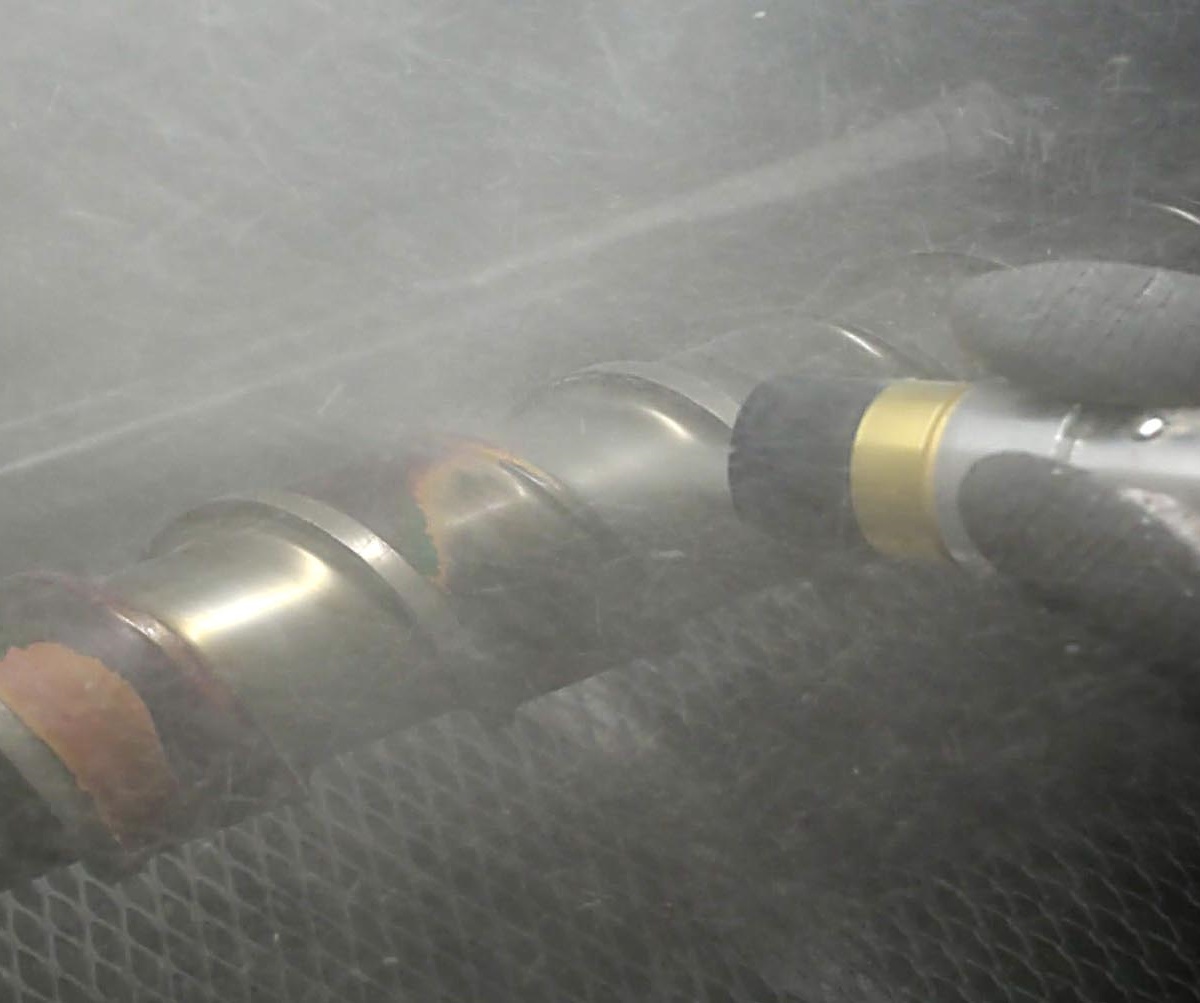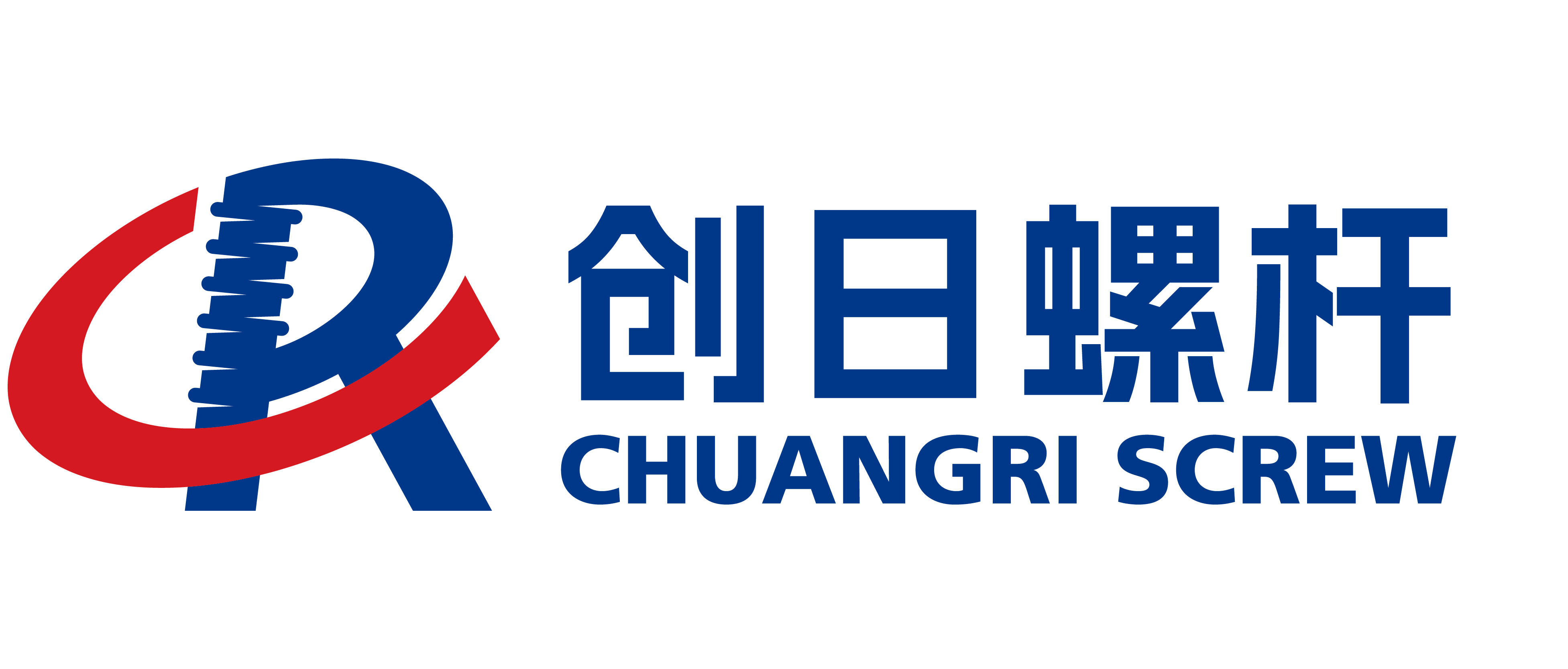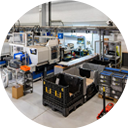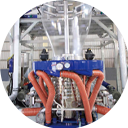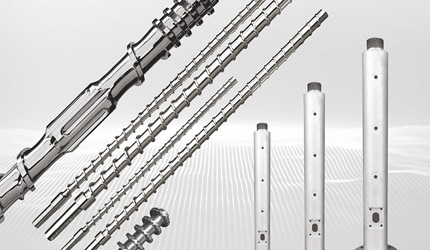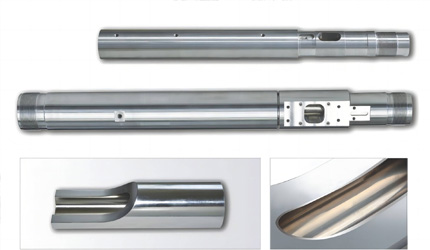Professional Guide to Regular Cleaning and Maintenance of Screws for Extruders and Injection Molding Machines
Professional Guide to Regular Cleaning and Maintenance of Screws for Extruders and Injection Molding Machines
The screw is the core component of extruders and injection molding machines, responsible for uniformly mixing, plasticizing, and transporting raw materials. Its operational status directly impacts production efficiency and product quality. Therefore, regular cleaning and maintenance of screws are essential to ensure optimal equipment performance. This article provides comprehensive technical guidance on the necessity of cleaning, cleaning methods, precautions, and professional advice for routine maintenance.
Importance of Screw Cleaning
Preventing Residual Material Carbonization
During extended operation, molten materials may form carbonized or charred residues on the screw and barrel surfaces. These deposits can reduce plasticizing efficiency and cause defects such as black spots or bubbles in the final product.
Avoiding Material Contamination
When switching materials or colors, residual materials may contaminate subsequent products, affecting their appearance and performance.
Prolonging Equipment Lifespan
Carbonization and foreign objects accelerate wear on screws and barrels. Regular cleaning can minimize wear and extend equipment life.
Enhancing Production Efficiency
Clean screws ensure smooth material flow, improving plasticizing efficiency and product consistency while reducing unnecessary downtime.
Methods for Screw Cleaning
1. Online Cleaning
Online cleaning removes residual materials without disassembling the screw, suitable for routine maintenance.
Using Purging Compounds:
Specialized purging compounds are effective in breaking down residual materials, carbonization, and charred deposits. Select an appropriate purging compound, such as general-purpose or high-temperature variants, based on the materials being processed.
Cleaning Steps:
Reduce material supply and empty the barrel.
Feed an adequate amount of purging compound and adjust the temperature to the compound’s recommended range (typically 200–300°C).
Operate the machine at medium to low speed, expelling the purged material until the output is free of residues.
2. Offline Cleaning
Offline cleaning is recommended for severe carbonization or frequent material changes.
Disassembling the Screw:
Shut down the equipment and cool it to a safe temperature for operation (usually 50–80°C).
Loosen the screws and bolts securing the barrel and screw. Carefully remove the screw.
Mechanical Cleaning:
Use brass scrapers or brushes to remove residues from the screw surface, avoiding scratches.
For stubborn deposits, apply heat using a heat gun to soften residues before removal.
Chemical Cleaning:
Immerse the screw in a specialized chemical cleaning solution to dissolve hardened carbon deposits.
3. Special Cleaning Scenarios
High-Temperature Materials:
For materials like PPS or PEEK, use high-temperature purging compounds and maintain elevated cleaning temperatures.
Glass-Fiber-Reinforced Materials:
Glass fibers may adhere to screw channels and cause wear. Use soft tools to clean these areas to prevent further damage.
Precautions During Cleaning
Safety Measures
Ensure the equipment is fully shut down and cooled before starting.
Use high-temperature protective gloves, safety goggles, and insulated tools to avoid burns.
Preventing Screw Damage
Avoid using hard steel tools directly on the screw surface. Use brass, brushes, or wooden tools instead.
Pay special attention to critical screw sections, such as the thread tips and mixing segments.
Choosing the Right Purging Compound
Select a purging compound suitable for the materials being processed to avoid introducing new residues or causing corrosion.
Routine Screw Maintenance
1. Lubrication and Protection
Lubrication: Apply a layer of anti-rust oil to the screw surface before storage to prevent oxidation and corrosion.
Storage Conditions: Store screws in a dry, dust-free environment, away from moisture or chemicals.
2. Wear Inspection
Measuring Dimensions: Use micrometers and internal diameter gauges to regularly measure screw dimensions, particularly in the feed, compression, and metering sections.
Wear Compensation: For heavily worn screws, consider repair through welding or replacement. Regularly inspect coatings, such as chrome plating or nitriding layers, for thickness.
3. Fault Prevention
Preventing Material Blockages: Check for foreign objects obstructing the screw surface to avoid damage to the screw and barrel.
